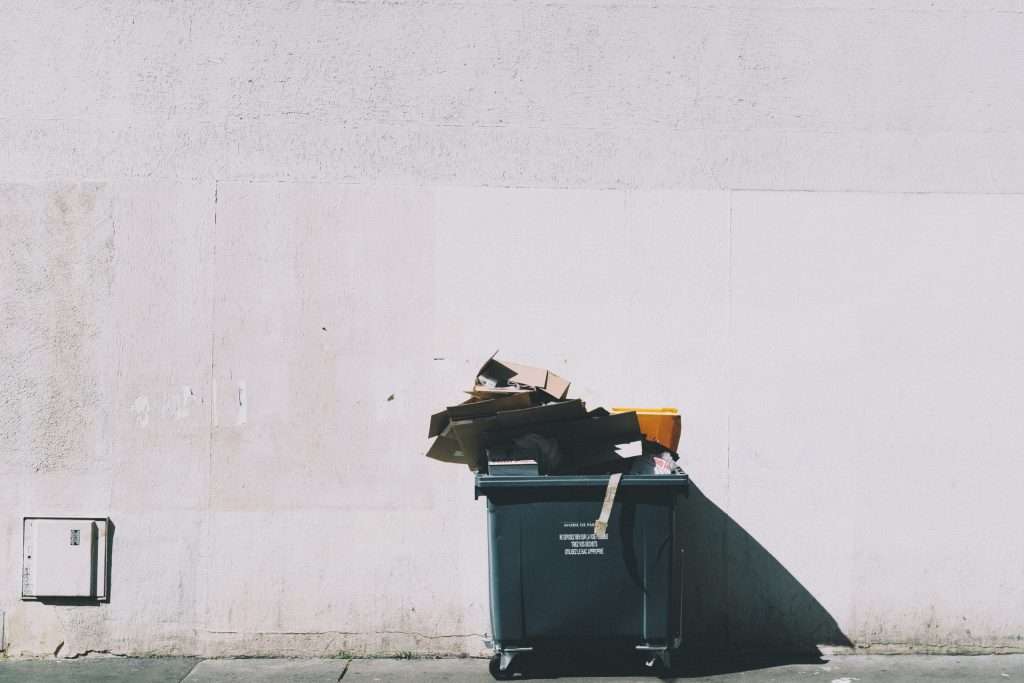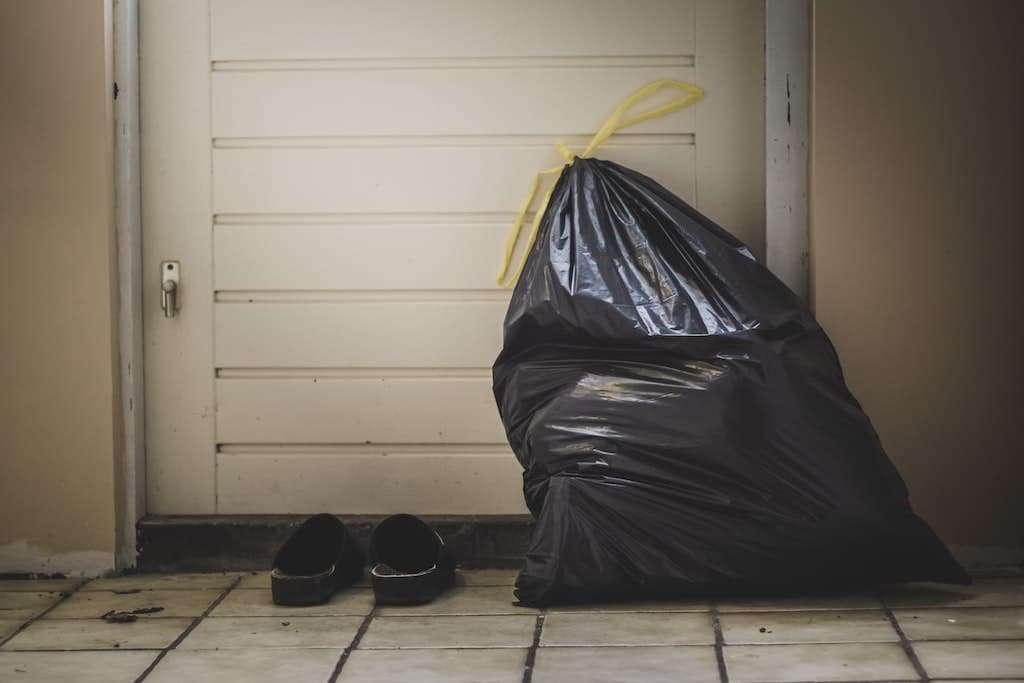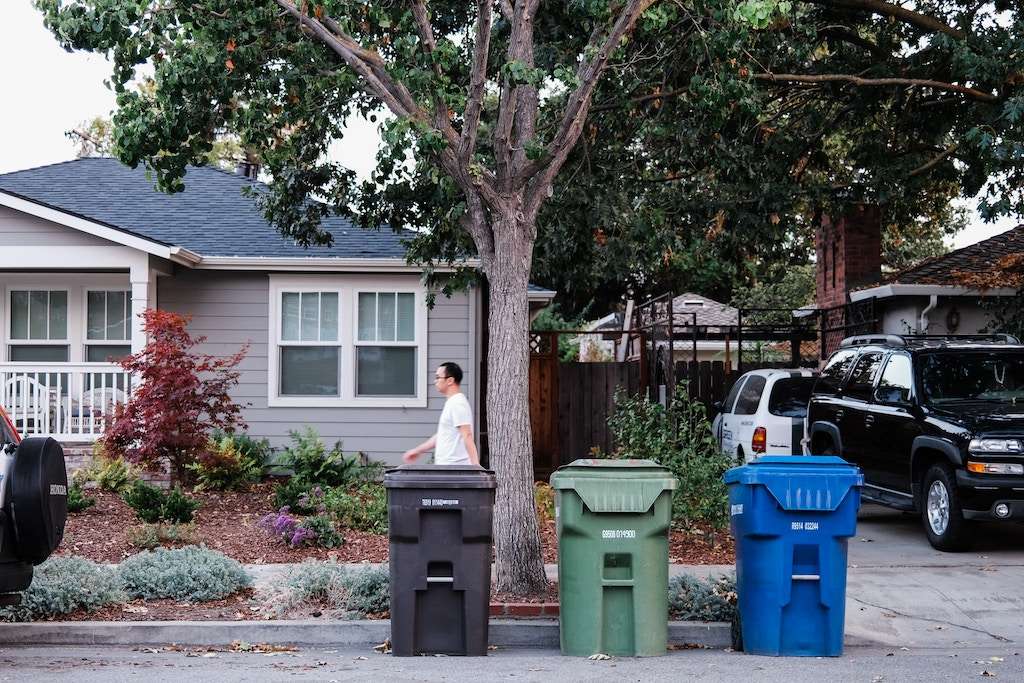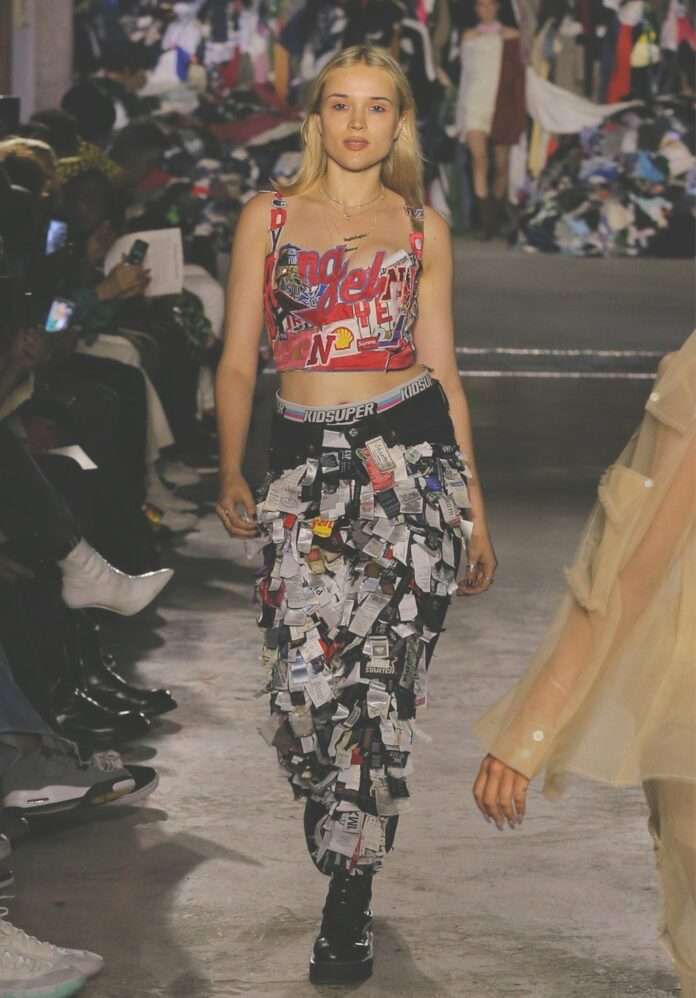If we want a sustainable future, we have to rethink waste management and prioritize planet-friendly solutions.
Populations are growing and so is the waste we generate. Globally, society creates more than 2 billion tons of waste annually, a number expected to double by the year 2050.
The things that become trash begin as valuable items we buy daily: food, diapers, school supplies, home goods, and more. Once that item has served its purpose – we’ve changed a baby’s diaper, finished the takeout food, opened up the packaging for a new piece of furniture — it is transformed into garbage where it’s thrown away and placed neatly outside of our minds.
In reality, the disposal of our waste in a trash bin is just the beginning of its journey. Today, 13 percent of global household waste is recycled, everything else ends up in a landfill or incinerator – and in many cases, is openly dumped, polluting our environment and waterways.

Even waste that is “managed” – sent to landfills or incineration – has significant negative impacts on the environment and human health. Landfills are the third largest source of human-generated methane, a prime culprit for climate impact that is 84 times as potent as carbon dioxide over a twenty-year period.
Negative consequences of incineration
Waste incineration to fuel energy generation has long been viewed as a cleaner solution, but more recent findings have made clear that burning waste is not nearly as efficient or environmentally forward as we previously believed.
In 2018, incineration accounted for 12 percent of the United States Municipal Solid Waste disposal and generated 13.5 billion kWh of electricity. At first glance, this appears to be a viable means to extract a valuable resource from waste, but it comes at a cost. Not only is the carbon footprint of waste incineration twice that of coal plants, it has proven negative environmental and health consequences such as air pollution and toxic residue.

Ash and toxic chemicals such as dioxins, furans, and heavy metals are released as byproducts of incineration into the air we breathe, posing significant threats to our health and the environment.
These airborne toxins have been linked to cancer and other serious medical problems and contribute to pollution and increased rates of respiratory health issues for people living in proximity to incineration plants.
Understanding the waste hierarchy
With recycling not successfully hitting a critical mass, landfills contributing to global warming, and incineration risking our health – we are left exploring alternative solutions to answer the waste crisis. While many day-to-day products are arguably unavoidable, the first and most meaningful step to combating global waste is reducing consumption through more conscious decisions. Once purchased, goods should be re-used or repurposed to maximize their functional lifespan before being discarded.
In an ideal world, recycling is an ideal solution. In reality, the vast majority of waste, including organics like food and soiled cardboard or mixed materials, cannot be recycled.

The gap in the existing systems has resulted in a growing movement towards circular economic models. Circularity prioritizes waste reduction through reuse, refurbish, repair, and ultimately looping raw materials back into the value chain of product manufacturing.
Innovation plays a significant role in the proliferation of circular economic models with the introduction of advanced materials made from unsorted household waste – organics alongside unrecyclable materials.
Substituting oil-based plastics with sustainable alternatives made entirely of waste – or, more appropriately, Post Consumer Material (PCM) — enables us to divert waste from landfills and transform it into a new raw material in the production of everyday products. Beyond diversion from landfill or incineration, utilizing advanced materials sourced from waste also minimizes the environmental impact of manufacturing which has become a central concern for brands eager to meet consumer demands for more sustainable goods.
Consumers can drive the change
Consumer power is a critical element in the movement toward circularity. With each purchase, consumers have a choice to support companies that prioritize waste reduction, transformation and sustainability in their organizations.
A product as simple as a lightbulb can be used and looped back into the production of new products. Textiles can be sourced from upcycled PET bottles to reduce waste in the fashion industry.

Consumers can urge brands to incorporate circular solutions: the right to repair, turning in old electronics to be repurposed, buy-back and resell programs, or incorporating PCM into the production of new products.
By supporting such programs and encouraging the brands we love to make more environmentally conscious choices, consumers can drive the rerouting of waste from landfills and incineration to a new circular standard of sustainability with waste reduction at the center.
Jack “Tato” Bigio is a leading environmentalist with over 20 years of experience in international business development and is the Co-Founder and CEO of UBQ Materials, which developed the world’s first bio-based material (UBQ™) made entirely of unsorted household waste. The company diverts municipal solid waste from landfills and turns it into a sustainable, fully recyclable substitute for oil-based plastics. Prior to founding UBQ, Tato co-founded and managed Merhav Renewable Energies (MRE), where he developed and implemented large-scale wind, solar and bioethanol projects around the world.
Related on Ethos:


